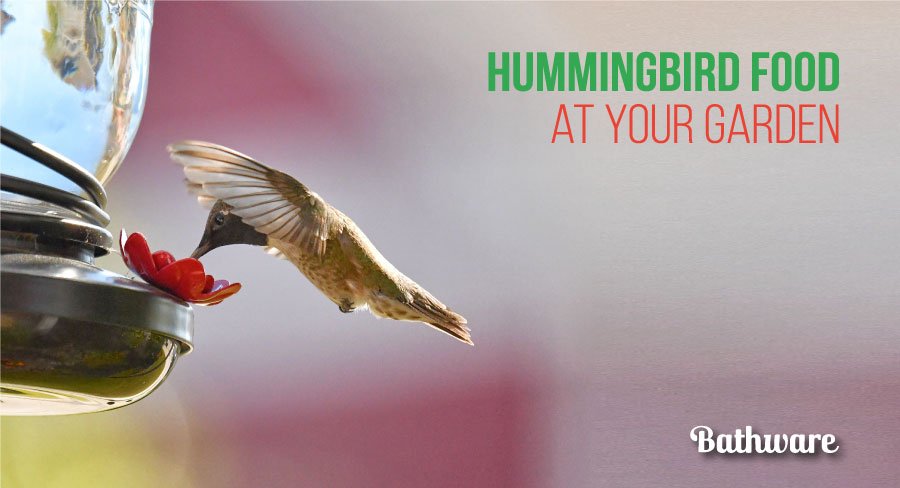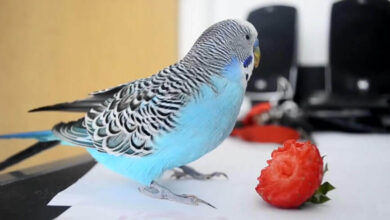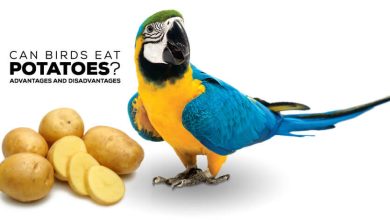How to Make Humming Bird Food Recipe?
Hummingbirds are not only fascinating creatures but also delightful visitors to your garden. One surefire way to attract these tiny, vibrant birds is by providing them with a delectable and nutritious homemade nectar. In this guide, we’ll explore the art of how to make humming bird food recipe, using simple ingredients readily available at home.
Table of Contents
Understanding Hummingbird Nutrition
Before diving into our homemade hummingbird food recipe, let’s take a moment to understand the nutritional needs of these energetic birds. Hummingbirds primarily rely on flower nectar, a carbohydrate-rich fuel that powers their rapid flights and vibrant activities. As we prepare our recipe, it’s crucial to mimic the natural nectar they consume in the wild, ensuring our homemade alternative meets their specific dietary requirements. By using white granulated sugar and avoiding substitutes like honey or artificial sweeteners, we aim to provide a balanced and nutritious source of energy for these delightful visitors to your garden.
How to Make Humming Bird Food Recipe?
In this section, we will guide you on how to make humming bird food recipe at home, ensuring ease of absorption for your feathered friends.
INGREDIENTS
- White Granulated Sugar (1 part): Opt for pure, additive-free white sugar. Its sucrose content mirrors natural nectar, providing essential carbohydrates for the birds’ energy.
- Water (4 parts): Achieve the ideal balance by combining four parts of water with one part of sugar. This ratio ensures a refreshing and hydrating nectar, mimicking the composition found in flowers.
With these two basic ingredients, you create a hummingbird elixir that not only satisfies their nutritional needs but also reflects your commitment to their well-being.
INSTRUCTIONS
Follow the instructions below to accurately prepare how to make humming bird food recipe.
- Gather Ur Ingredients: Begin by assembling the essentials – white granulated sugar and water. Pay attention to the quality of your sugar, ensuring it is free from additives and dyes. The purity of ingredients lays the foundation for a wholesome hummingbird nectar.
- Mix the Ingredients: In a clean and heat-resistant container, combine one part of sugar with four parts of water. Stir the mixture thoroughly until the sugar completely dissolves. This meticulous blending results in a simple syrup that closely mimics the natural nectar found in flowers, catering to the specific tastes of hummingbirds.
- Boil and Cool: Prioritize the safety and longevity of your hummingbird food by bringing the mixture to a brief boil. Allow it to simmer for a minute, enhancing the preservation of the nectar. Once simmered, let the concoction cool to room temperature. This careful cooling process ensures that the hummingbird food is not only safe but also inviting to your feathered friends.
- Fill Your Feeder: Now that your hummingbird food has reached a harmonious temperature, fill your meticulously clean hummingbird feeder. This step completes the transformation from ingredients to a ready-to-enjoy feast for your avian guests. Any surplus nectar can be stored in the refrigerator for up to two weeks, providing a convenient reserve for future feedings.
By meticulously following these steps, you not only create delicious and safe hummingbird food but also showcase your dedication to providing a nourishing environment for these enchanting creatures.

Placement of Feeders
When considering the placement of your hummingbird feeder, strategic positioning is key to not only attracting but also retaining these delicate visitors. Optimal placement involves hanging the feeder in shaded areas. This serves a dual purpose: it shields the nectar from the harsh sun, preventing rapid spoilage, and provides a cooler environment for the hummingbirds to comfortably enjoy their meal.
Visibility is another crucial factor. Ensure that your feeder is prominently visible from various vantage points in your garden. Hummingbirds are visually oriented creatures, and an easily spotted feeder will catch their attention, making it more likely for them to explore and return regularly. Placing the feeder within the hummingbirds’ line of sight ensures that they can quickly locate and access the nourishing nectar.
Read More: Can Parakeets Eat Tomatoes?
Regular Cleaning
Maintaining a clean hummingbird feeder is paramount to the health and well-being of these tiny avian guests. Regular cleaning, ideally every few days, is essential to prevent the growth of mold and harmful bacteria. A dirty feeder can be a breeding ground for pathogens that can be detrimental to hummingbirds.
For an effective cleaning solution, mix one-part white vinegar with four parts water. This natural solution not only cleans the feeder thoroughly but also helps disinfect it, ensuring a safe dining environment for the hummingbirds. The acidity of the vinegar discourages the growth of mold and bacteria, keeping the feeder in optimal condition for your feathered friends.
Read More: A Genuine Guideline about the Cats Eating Spam
Plant Hummingbird-Friendly Flowers
Creating a hummingbird haven involves more than just offering a feeder. Enhance the allure of your garden by planting an array of nectar-rich flowers. Hummingbirds are naturally drawn to vibrant blooms, and integrating these flowers into your garden can create a natural, sustainable food source.
Consider including flowers such as salvia, bee balm, and fuchsia. These species boast tubular-shaped blossoms, perfect for accommodating hummingbird beaks. By diversifying the floral landscape, you not only attract hummingbirds but also contribute to the overall ecological balance of your garden. This harmonious blend of artificial and natural food sources ensures that your garden becomes a thriving ecosystem, inviting these enchanting birds to make it their regular stop for nourishment and respite.
Conclusion
By crafting your own hummingbird food with this simple recipe and following the above tips, you can create an inviting oasis for these enchanting birds. Enjoy the beauty and grace of hummingbirds as they visit your garden, all thanks to the irresistibly sweet nectar you’ve provided.
Read More: Can Birds Eat Potatoes?
Frequently Asked Questions (FAQ)
Here are some frequently asked questions (FAQs) about how to make humming bird food recipes at home, along with their answers:
How do I make hummingbird food at home?
To make hummingbird food, mix 4 parts water with 1 part white granulated sugar. Boil the mixture for 1-2 minutes to dissolve the sugar. Let it cool completely before filling your hummingbird feeder.
What kind of sugar should I use?
Use plain white granulated sugar. Do not use honey, brown sugar, artificial sweeteners, or other sugar substitutes, as they can be harmful to hummingbirds.
Can I use red food coloring in hummingbird food?
It’s best to avoid using food coloring, as it may be harmful to hummingbirds. The natural color of the feeder is usually sufficient to attract them.
How often should I change the hummingbird food?
Change the hummingbird food every 2-3 days, especially in hot weather, to prevent fermentation and the growth of harmful molds.
What’s the proper ratio of water to sugar?
The recommended ratio is 4 parts water to 1 part sugar. For example, you can mix 1 cup of sugar with 4 cups of water.
Can I use tap water?
Yes, you can use tap water, but if your tap water contains high levels of chlorine or other chemicals, it’s better to use filtered or boiled water. Let the water cool before mixing with sugar.
How do I clean my hummingbird feeder?
Clean your hummingbird feeder with a solution of 1 part white vinegar to 4 parts water. Rinse thoroughly before refilling.
When should I put out my hummingbird feeder?
Hummingbirds typically migrate, so put out your feeder in the spring and keep it filled until fall. In warmer climates, you may keep the feeder out year-round.
Where should I hang the hummingbird feeder?
Hang the feeder in a shaded area to prevent the nectar from spoiling quickly. Make sure it’s easily visible to hummingbirds and away from windows to prevent collisions.
Why aren’t hummingbirds coming to my feeder?
It might take some time for hummingbirds to discover your feeder. Be patient. Ensure the nectar is fresh, the feeder is clean, and consider adding more feeders or moving them to different locations to attract attention.


